Due to difficult family circumstances, writer Kim Lan only finished primary school and then had to go to work. He started writing short stories in 1941. As a writer who participated in cinema early and had impressive roles, he is especially remembered for his role as Lao Hac in the film Vu Dai Village of the Past (1982); as Ly Cuu in Chi Dau (1980). Other typical roles: Ca Khiet in the play Cai Tu Che by writer Vu Trong Can; Pu Pang in the film Vo Chong A Phu (1961); Mr. Lang Tam - Hanoi 12 Days and Nights (2002); TV series: Lao Pau - film Con Va (2001). Kim Lan's published works: Vo Bei (short story, 1948), Lang (short story, 1948), Con Cho Ugly (short story, 1962), Kim Lan Anthology (1998, 2003)...
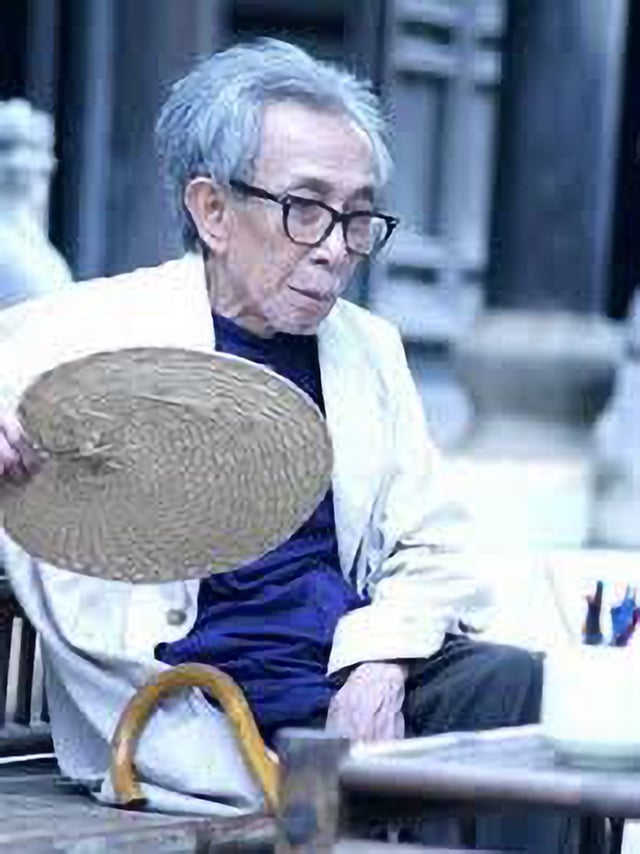
Writer Kim Lan
Photo: Nguyen Dinh Toan
I was fortunate to have several encounters with writer Kim Lan. He was a gifted storyteller, lively and quite humorous. When chatting with writer Kim Lan, we young writers often heard some interesting anecdotes about the generation of artists and writers in the early revolutionary period such as: Ngo Tat To, Nguyen Hong, Nam Cao, Nguyen Tuan, Van Cao, Tran Van Can, Nguyen Sang, Bui Xuan Phai, Nguyen Tu Nghiem, Ta Thuc Binh... During those difficult years, the Doi Chay hamlet in Nha Nam, Bac Giang became a "base" of resistance culture. The times I had the chance to talk to him, I saw in Kim Lan the person - writer - along with his profound understanding and intelligence a whole storehouse of memories. Writer Kim Lan told me that he took up writing for many reasons, hidden resentments accumulated in the face of injustice in social life in the countryside during the pre-revolutionary period. Born in a countryside bound by many feudal customs, and with an inferiority complex - the son of a concubine, from a young age, Kim Lan had a strong will to be independent and to rise up.
In his early days in literature, Kim Lan met Nguyen Hong (who was already a famous writer at that time), and their literary friendship lasted a long time from before the Revolution to the resistance war and later in peace . Once confiding in me, writer Kim Lan affirmed: "It can be said that since I met Nguyen Hong, my professional writing consciousness gradually took shape, because before that time, I wrote according to inspiration and wrote to relieve the frustrations and hidden feelings that I felt the need to hold a pen to speak. Mr. Nguyen Hong saw that I was also poor and miserable, so he also liked me. During the famine of 1945, I often brought short stories to Nguyen Hong to ask him to "sell" them to major newspapers, many of which were about the customs and hobbies of the villages in Kinh Bac".
Although Kim Lan's name is associated with short stories, before the August Revolution of 1945, he also made significant contributions to the field of journalism, especially in the fields of essays, short stories published in newspapers and social and satirical skits. He collaborated with many progressive literary newspapers during the period 1939 - 1945. His name appeared in newspapers such as Tieu Thuyet Thu Bay , Phong Hoa , Ngay Nay ...
Although he did not write editorials or investigative reports, Kim Lan used the form of short stories and short sketches in newspapers to deeply reflect the reality of farmers and poor workers' lives. While many newspapers at that time tended towards satire, politics or current events, Kim Lan chose to put small stories about village life in the newspaper and this helped spread attention to the forgotten class in urbanized culture. He participated in the progressive realist literary movement before the Revolution with names such as Ngo Tat To, Nam Cao, Nguyen Cong Hoan, following the path of art for humanity, using his pen to defend the weak, tell the truth, and promote humanity. One of the best short stories by writer Kim Lan is The Picked-Up Wife , a humane and emotional ballad about human destiny.
Kim Lan's literary style in journalism focuses on simplicity, rusticity but is profound and evocative. His journalistic language is imbued with folk literature. He often uses language with the nuances of Northern colloquialism, smooth, witty, evoking the atmosphere of the countryside, and this helps the articles not be dry but full of life, easy to listen to, easy to remember.
Kim Lan's literary and journalistic style is characterized by its quietness but touching, writing about poverty without being pathetic, writing about small people but still full of dignity. The way he expressed this in short articles published in newspapers is a great lesson in humane writing in journalism. He proved that journalists do not necessarily have to be "sensational" to have influence. Sometimes, a gentle, sincere and touching article about a person's fate is enough to make the whole society ponder, with literary quality being the soul of humane journalism.
Writing for the press like Kim Lan is a way of "doing culture" to elevate the everyday, the small, into universal human values. This is a lesson about journalism to nurture compassion, not just to report news. (to be continued)
Writer Kim Lan's real name is Nguyen Van Tai, born in 1921, in Phu Luu village, Tu Son town, Bac Ninh, was a founding member of the Vietnam Writers Association in 1957. He died in 2007 in Hanoi. Kim Lan participated in cultural activities for national salvation before 1945, working in the Viet Bac resistance zone. He was a member of the Board of Directors of the Literature Publishing House, the School for Training Young Writers, the Van Nghe weekly newspaper, and the Tac Pham Moi Publishing House. He was awarded the State Prize for Literature and Arts, first term, in 2001.
Source: https://thanhnien.vn/nha-van-kim-lan-voi-dong-bao-chi-nghe-thuat-vi-nhan-sinh-185250617232445508.htm





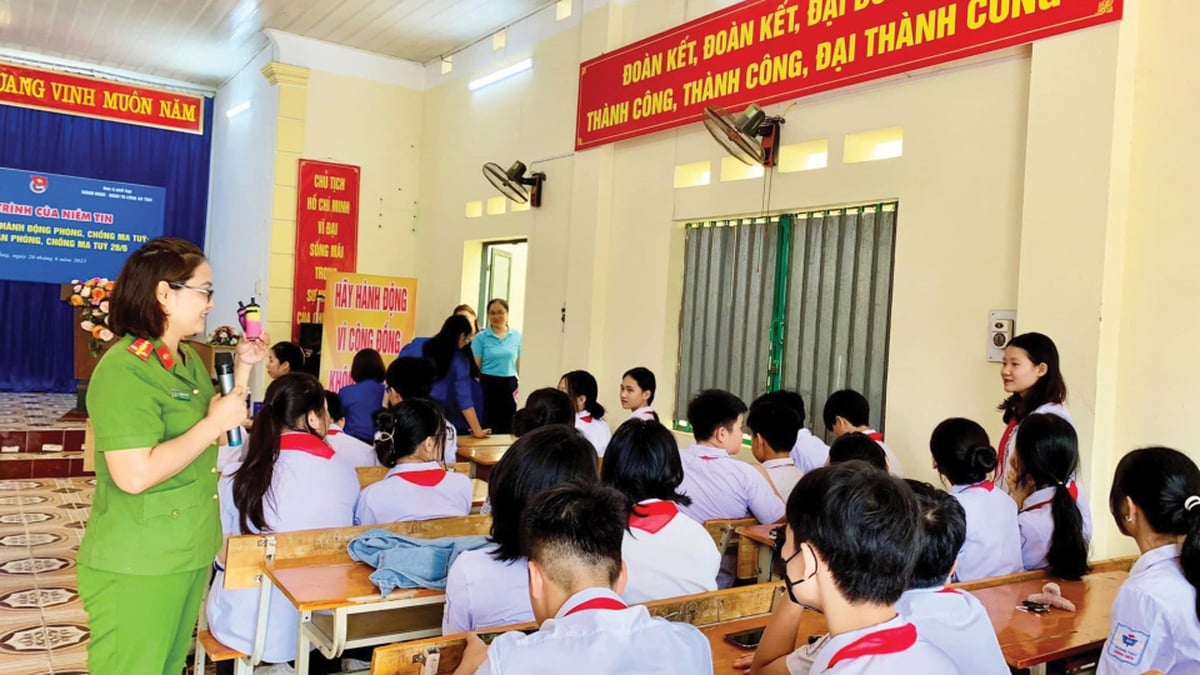



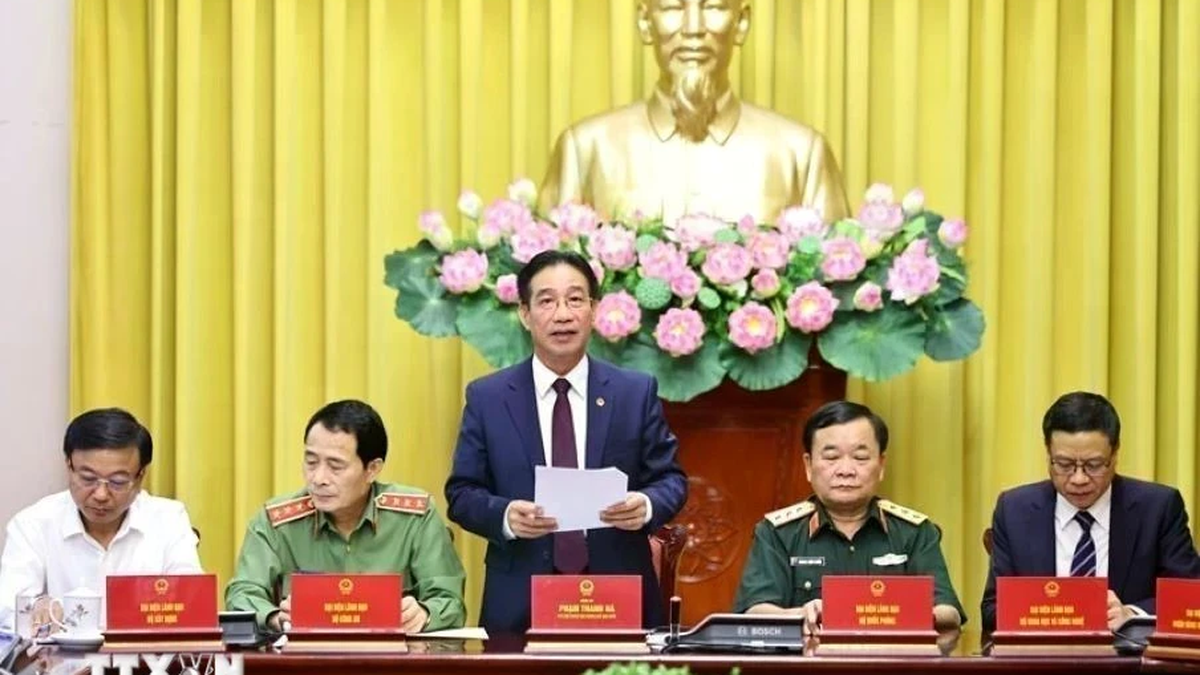
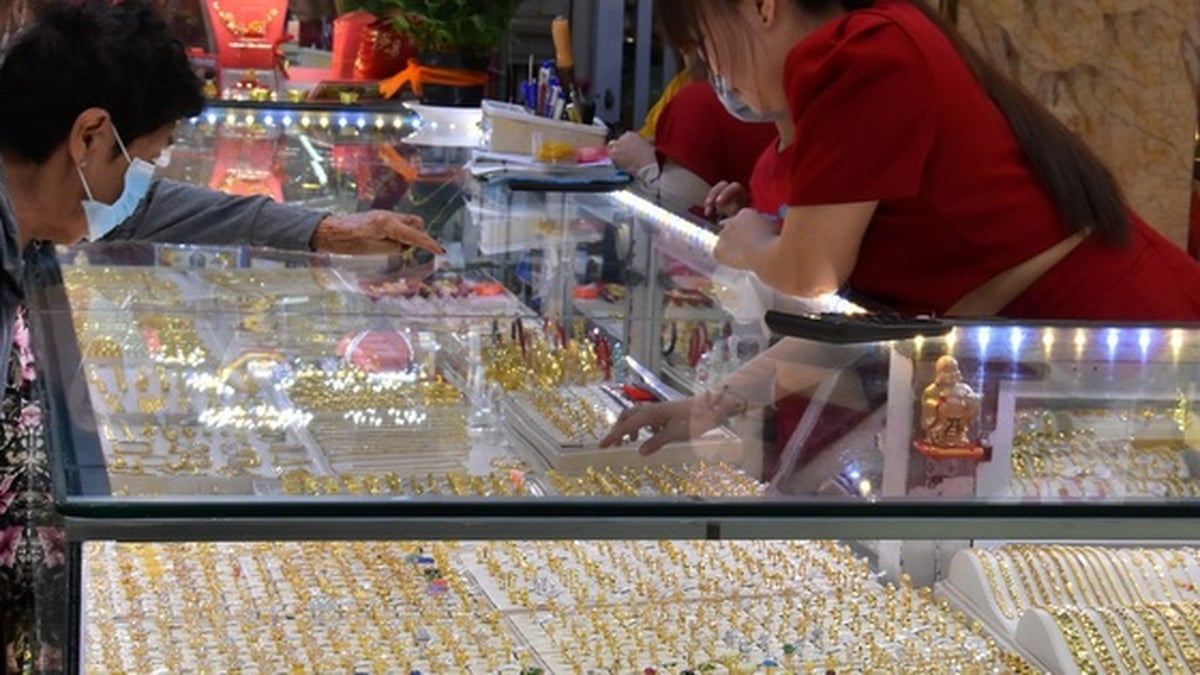













![[Photo] Gia Lai provincial leaders offer flowers at Uncle Ho's Monument with the ethnic groups of the Central Highlands](https://vphoto.vietnam.vn/thumb/1200x675/vietnam/resource/IMAGE/2025/7/9/196438801da24b3cb6158d0501984818)







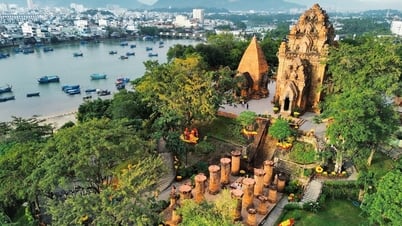


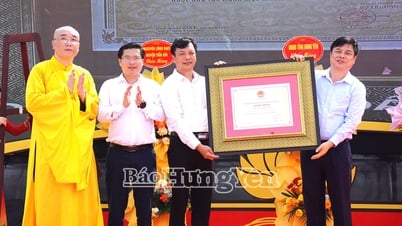



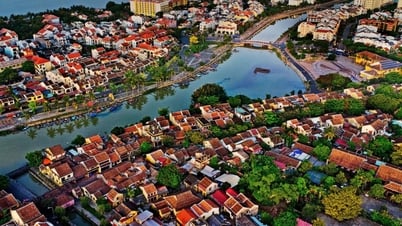





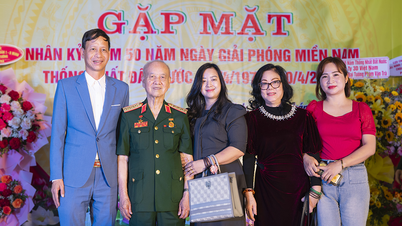

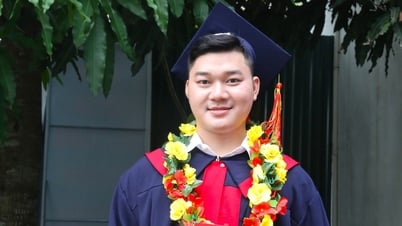




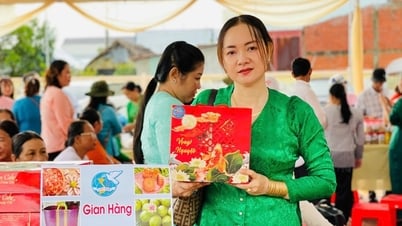





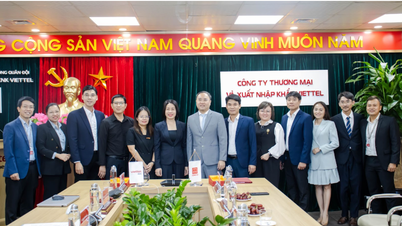
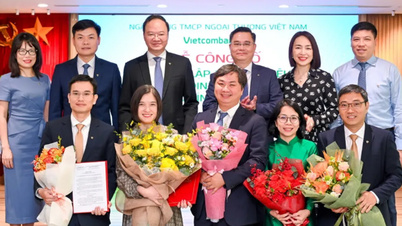

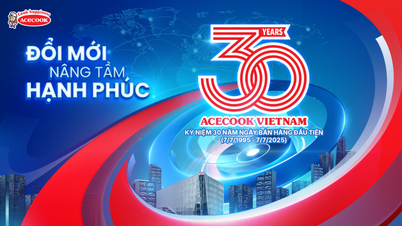



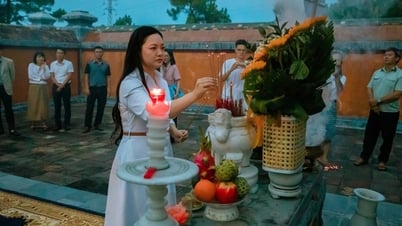




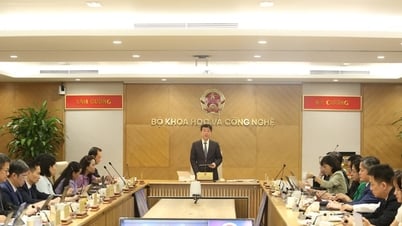

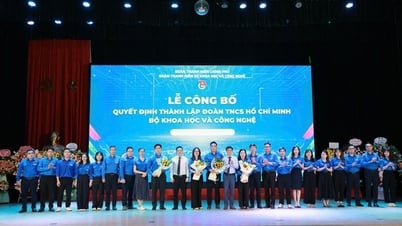
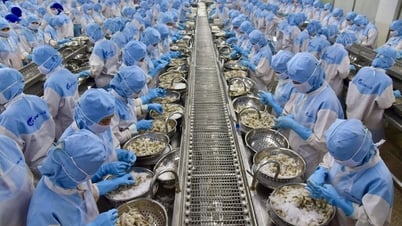


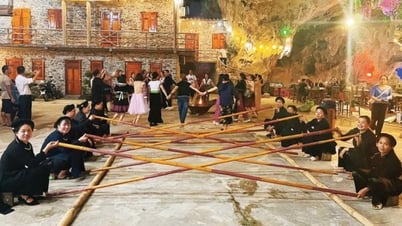

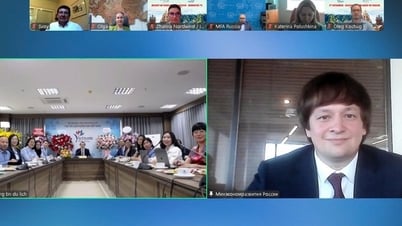





















Comment (0)